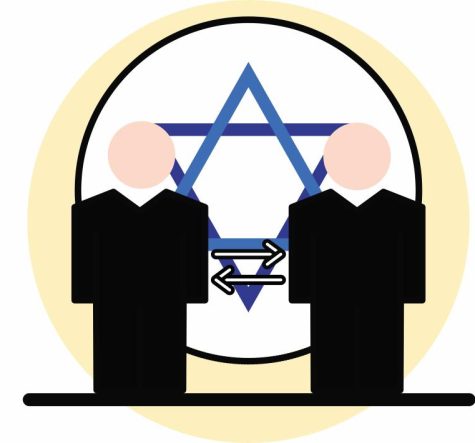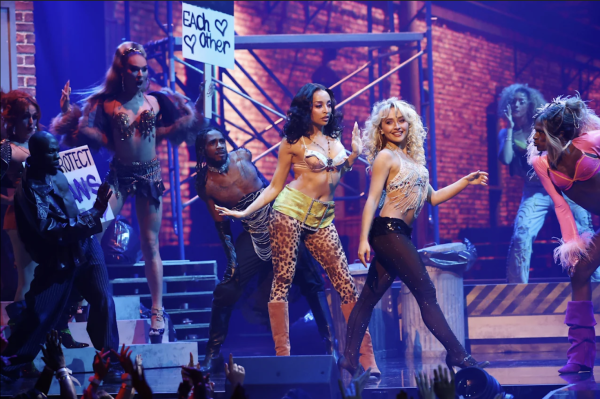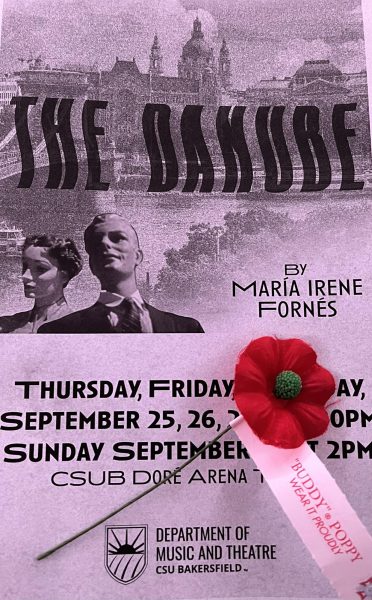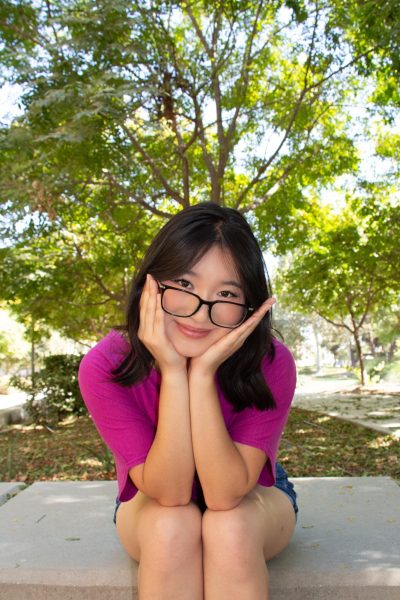Ashkenormativity: How the Ashkenazi Jewish experience overshadows other perspectives
May 13, 2023

The Jewish community is far more diverse than many people realize.
When most non-Jews think of what a Jewish person looks like, the default answer seems to be a person of European descent, with a last name like Cohen or Goldberg.
This is often an Ashkenazi Jew, who, according to Encyclopedia Britannica, are a “member of the Jews who lived in the Rhineland valley and in neighboring France before their migration eastward to Slavic lands (e.g., Poland, Lithuania, Russia) after the Crusades (11th–13th century) and their descendants.”
In films such as “The Boy in the Striped Pajamas,” “Jojo Rabbit,” and “Everything is Illuminated,” the main Jewish character fits this vision and is an Ashkenazi Jew. While those movies are great in their own right, it brings up an important recurring issue within the Jewish community: Ashkenormativity.
Ashkenormativity, according to the Jewish English Lexicon, is the act of “assuming that all Jews are Ashkenazi, not considering Jews with other backgrounds.
Ashkenazim have had a fair share of grueling trials in the past, especially since Ashkenazi Jews in Europe were the main target of the Holocaust in 1941. The Ashkenazim continue to face antisemitism today, but they don’t face this hardship alone.
Other Jewish communities also have to overcome discrimination, in addition to being left out of Jewish conversations, and their stories deserve to be told too.
Matt Bernstein is an example of a great Jewish American and LGBTQIA+ activist. However, my main criticism of both him and other American Ashkenazi figures is that they don’t really acknowledge Jews who are non-Ashkenazi and or live outside of the United States.
I am an Ashkenazi and Mizrahi Jewish mixed person. Mizrahi Jews are descendants of Jewish people who settled in the Middle East, but many people don’t even know that our ethnic group exists.
My identity is often overlooked because I do not have a stereotypical Ashkenazi last name. The name that our Jewish family has always carried, Soren, is of Persian origin.
Besides Mizrahi, other forgotten Jewish ethnic groups include, but are not limited to: Sephardic Jews, Ethiopian Jews, Mountain Jews, Kaifeng Jews, Bukharan Jews, Georgian Jews and Indian Jews.
“As an Ethiopian Jew living in America, it can be frustrating having to constantly feel like your identity is under suspicion by not only other Jews but also people who have absolutely no knowledge of Jews or Judaism…For a lot of people, the idea of ‘Jew’ equals ‘white,’ and that leads to a range of annoying to downright insulting encounters while navigating the spaces where we should feel we belong,” Isaac Ofori-Solomon of Hey Alma said in an opinion piece.
There is also giyur–a process allowing any person, regardless of color, to convert to the Jewish faith. This is usually done at a synagogue in accordance with a rabbi.
The Jewish convert agrees to study and observe the Torah before performing mikveh, which is the act of being immersed in purified water for transformation. Afterwards, the convert earns the Shtar geirut, or the certificate of conversion.
Additionally, Jewish people of color are, unfortunately, no strangers to racism from their own community, whether they are converts or ethnic Jews.
According to the Religion News Service, “A groundbreaking study of the experiences of more than 1,100 American Jews of color finds many feel a strong sense of belonging to the larger white Jewish establishment but 80% said they have also suffered discrimination or racism in Jewish settings.”
The Jewish identity is fluid. There is not a certain physical appearance that makes a person Jewish. Whether someone is an ethnic Jew of color or a Jew of color via conversion, they are valid. Every Jewish story, Ashkenazi or not, deserves to be told.
Only together as one can we defeat antisemitism. It’s time to change our perspectives on the Jewish identity and break the stereotypes.





